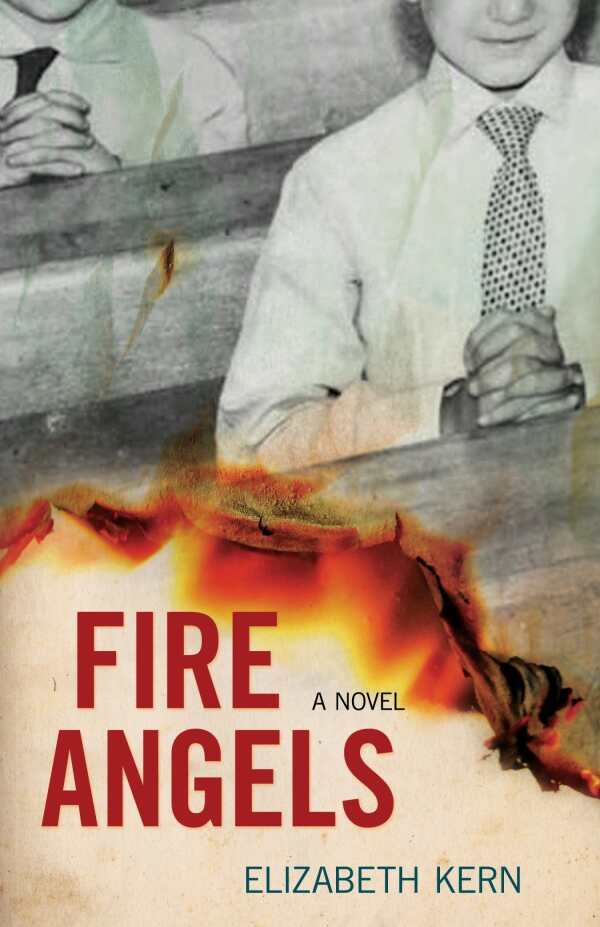Fire Angels
This is a heartbreaking and engrossing novelization of part of Chicago’s history.
Elizabeth Kern’s Fire Angels is a novelization of the tragic 1958 fire that destroyed Chicago’s Our Lady of the Angels School and killed ninety-two children and three nuns. The book recalls the horror of that day, and the impact it had upon the city and the nation.
Loving knowledge of Chicago adds a special dimension to Fire Angels. The close-knit, northwest-side neighborhood where Our Lady of the Angels once stood is well detailed and represented. Italian, Irish, and Polish families sent their children to the Catholic school, which had over 1,500 students.
In an interesting turn, the entity of fire itself becomes a character in the book. Fire takes many forms, so its narrative presence comes and goes, but the voice is as brash and street-smart as one of Chicago author Nelson Algren’s hustlers, while also sounding compulsively contrite. “When I’m contained, I’m quite harmless,” the fire notes. He’s the warmth within fireplaces, the fuel that cooks delicious meals, or the flickering beauty of candlelight. But once let loose, he can turn evil and voracious, without self-control.
Because Fire Angels is based on truth, its impact is intense. Real people lost their lives, and parents watched in horror as the bodies of their sons and daughters were brought out by firefighters. For the survivors, years of psychological trauma and skin grafts became part of their future, and a once tightly connected neighborhood changed into a troubled pocket of loss and death.
Kern’s portrait of the nameless boy who most likely started the fire, and his unfortunate fascination with flames and matches, is compelling. She shows that while the boy did light the matches, the building itself had already exhibited many fire-hazard conditions. The Catholic Church did not want to be exposed to lawsuits or investigations. Instead, the archbishop of Chicago urged parents to accept God’s will, “for in fire, gold is tested.”
The story is heartbreakingly engrossing, and part of Chicago’s living history.
Reviewed by
Meg Nola
Disclosure: This article is not an endorsement, but a review. The publisher of this book provided free copies of the book to have their book reviewed by a professional reviewer. No fee was paid by the publisher for this review. Foreword Reviews only recommends books that we love. Foreword Magazine, Inc. is disclosing this in accordance with the Federal Trade Commission’s 16 CFR, Part 255.

